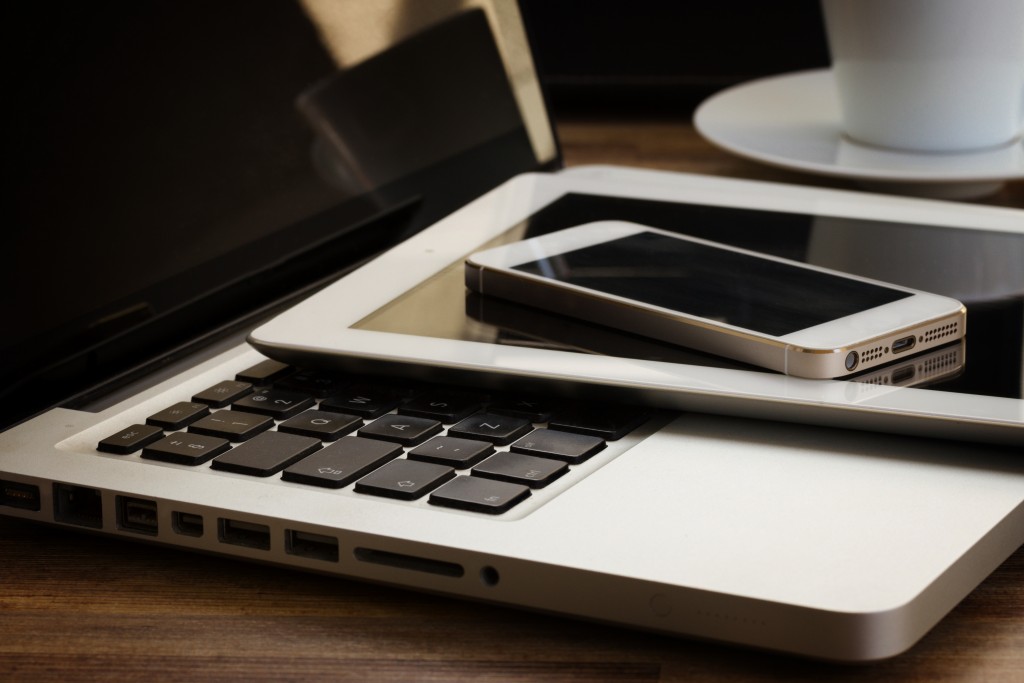Different generations have their own stories and stereotypes. With the advent of technology, each generation also had its own unique technology. It started with trying to make labor easier and more efficient. Afterward, gadgets went on to forms of communication and further evolved into entertainment. Then the Internet happened. It changed the way we lived, from booming e-related businesses such as online commerce and web design services to the social media platforms we all know and love.
Baby Boomer Tech
For the baby boomers, it was simpler. Gadgets were mostly made for communication, chore assistance, and a few for entertainment. One breakthrough gadget during their generation was the landline telephone, which was in almost every home all around the world at this point. They also had stand mixers, microwaves, and electric can openers. These were all considered household treasures. There was, of course, the newly introduced color television, which was getting popular, although it was not a big staple yet.
Gen X Gadgets
And then came Gen X. The television could now be found in many homes, often being used as a babysitter with both parents busy at work. It even spiked in popularity during the 1969 moon landing, as the event urged hundreds of American families to purchase their own set. Television was not the only gadget that dominated this generation.
Once the ‘70s rolled out, so did the mass marketing of handheld phones and desktop computers. The first handheld phone was produced by Motorola in 1973. Although it aided in on-the-go communication, it was a real hassle. It weighed 2.5 lbs with a battery life of only half an hour and 10-hour charging time (mind-boggling compared to our fast chargers).
The desktop computers, however, were a different story. First used as work aid in offices, they provided the perfect model for data saving and transfer. This was especially true during the introduction of email in 1971 and the floppy disk and disk drive in 1972. It did not take long for the desktop computers to take the world by storm, with almost every school and home having at least one in the 1980s. It did not only help with the aspects of work and education, but it also provided entertainment with early desktop games such as SpaceWar and Pong.
Modern Millennials

Introducing these gadgets shaped the next generation: the millennials. Pegged as the digital natives, they grew up in a time of rapid change, very different from the generations that preceded them. By the ‘90s, you could find technology everywhere, connecting everyone around the globe.
It started with the development of a wide digital cellular phone system in Europe during the late ‘80s and progressed to the first SMS message sent in 1992. Bulky and slow handheld phones were no more. They were replaced with the likes of the Nokia 6000 by the year 2000. These durable, rectangular models fit perfectly into your palm, purse, or pocket, and they lasted longer than the old Motorola model.
A few notable releases were the first camera phone in 2002, the RAZR in 2004, and the first iPhone in 2007. The iPhone introduced touchscreen functions, Internet access, a virtual keyboard, and full email access. A year later, they introduced the Apple Store that had only over 500 apps at the time. Then followed the birth of the first Android in the form of the T-Mobile G1, which was also followed by the Android Market that we all know and love as the Google Play Store.
We know how this all continued. More gadgets were released from the likes of Apple and Samsung, both of which are still going strong today. They all paved the way for Generation Z’s gadgets along with the popularity of social media. People could now keep in touch using platforms such as MySpace, Friendster, Facebook, and Twitter. The last two are still widely used today.
Gadgets as a Part of Everyday Life
Now, we barely see anyone without mobile phones. They have seemingly become an extra body part at this point, with some people unable to leave home without it. Mobile phones are now used for everything, from communication to education. They are even a preferred mode of browsing the web, resulting in web designers creating more mobile-friendly websites that are simple and easy to understand.
All in all, the gadgets we have today have come a long way, evolving through different generations and serving different purposes. Regardless of the features and capabilities of the tech we have used, the first and foremost purpose is always to aid in human activity.

